The awesome thing about human beings is that they’re often big fans of comedy. After all, humor is one of the things that unites people no matter what they do. And scientists are no different! They enjoy a good laugh like anyone else, though the content they like might be a tad brainier than most.
‘Science Is Fun,’ the brainchild of Tomas Rosko, is a well-known Instagram account that is a celebration of the intersection between science content and good humor. We’ve collected some of the freshest memes, as featured on the account, to bring a bit of entertainment and education into your lives, Pandas. Keep scrolling and don’t forget to upvote your favorite memes.
More info: Instagram | Twitter | ScienceIsFunn.com
#1
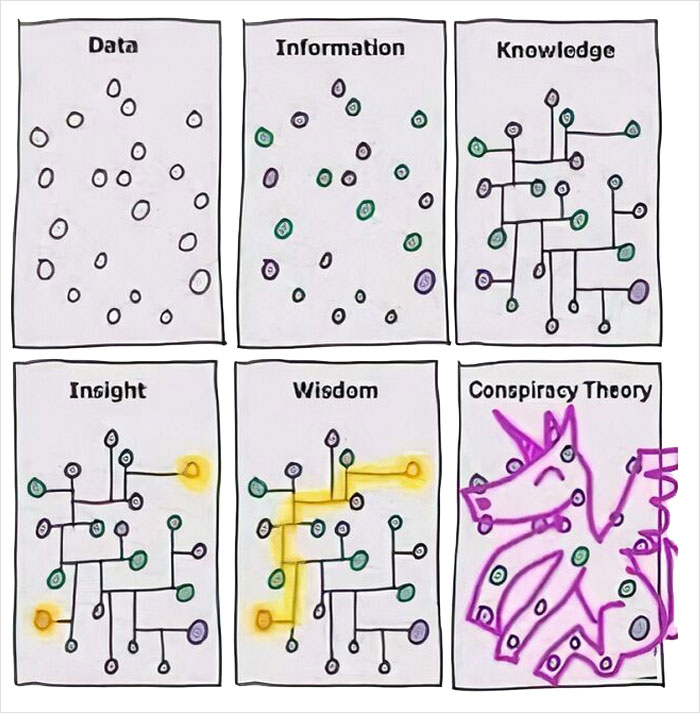
Image credits: sciencefunn
#2

Image credits: sciencefunn
#3
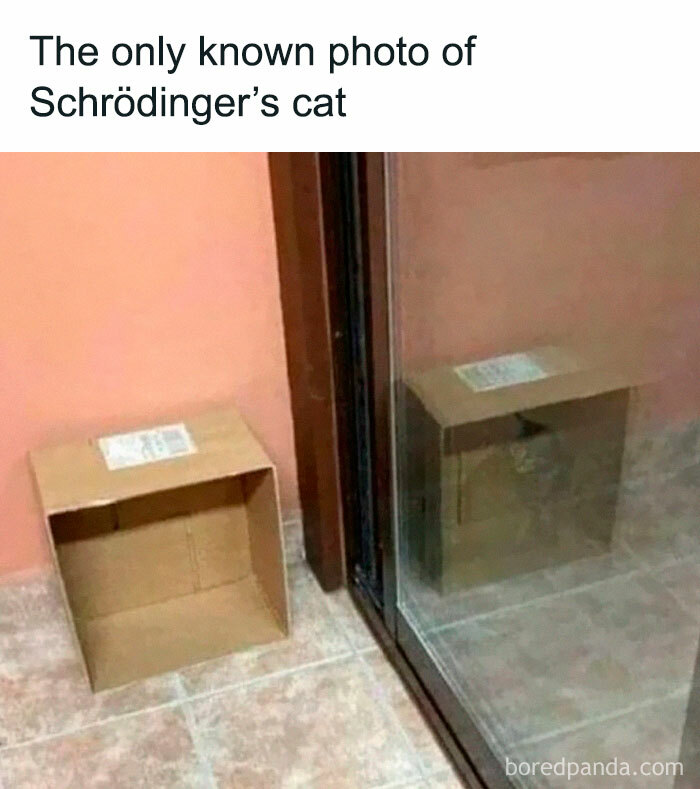
Image credits: sciencefunn
Staying up to date about any subject can be tough when you’ve got adult responsibilities like work, studying, doing chores, raising kids, taking care of your health, and the like. At the end of the day, you’ll never have enough time or energy to do everything that you’d ideally like to. However, if you find a subject truly fascinating, your curiosity can win out and inspire you to dig just a bit deeper about a topic even when you’re tired and stressed.
For example, yours truly is a big space geek. I’ve been avidly following the launch and progress of the Europa Clipper. In short, the spacecraft will be traveling 1.8 billion years across space until it arrives in orbit around Jupiter around April of 2030. Then, the Clipper will do 49 close flybys of Europa, one of the planet’s most important moons.
#4

Image credits: sciencefunn
#5
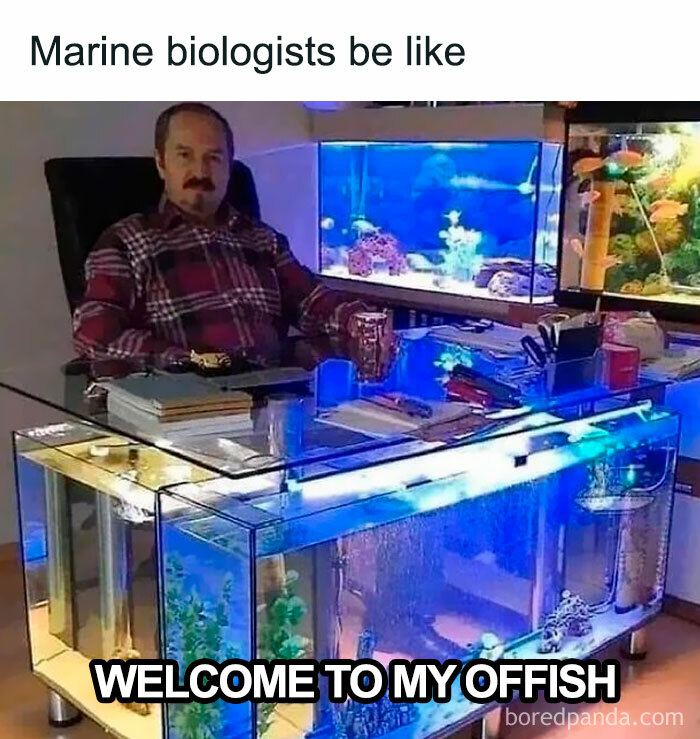
Image credits: sciencefunn
#6
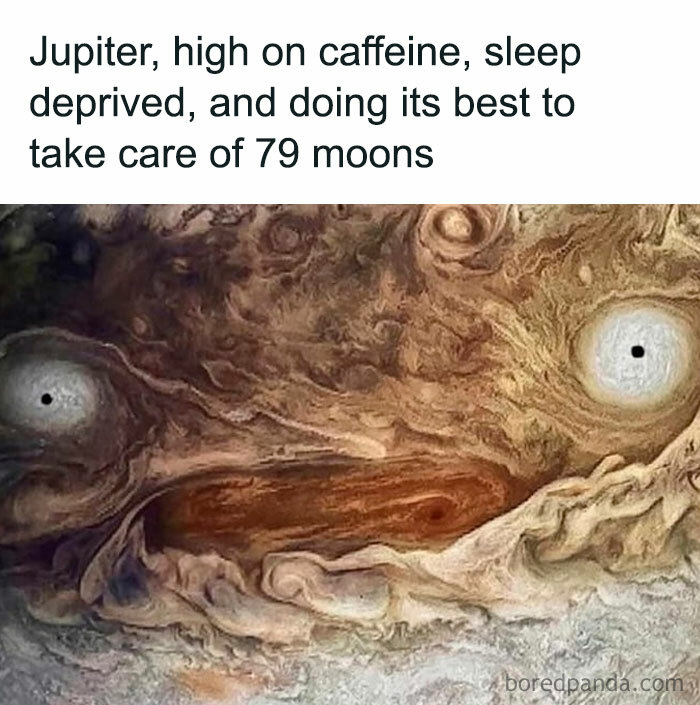
Image credits: sciencefunn
“There is strong evidence Jupiter’s moon Europa has a saltwater ocean that may be one of the best places to look for environments where life could exist beyond Earth,” NASA explains.
The reason why the spacecraft will be orbiting Jupiter rather than Europa is to avoid the intense radiation around the latter, which has the potential to damage its scientific instruments. The entire mission is the sort of stuff that motivates you to find out as much as you can about space, our solar system, and the potential for alien life outside of our planet.
#7

Image credits: sciencefunn
#8

Image credits: sciencefunn
#9
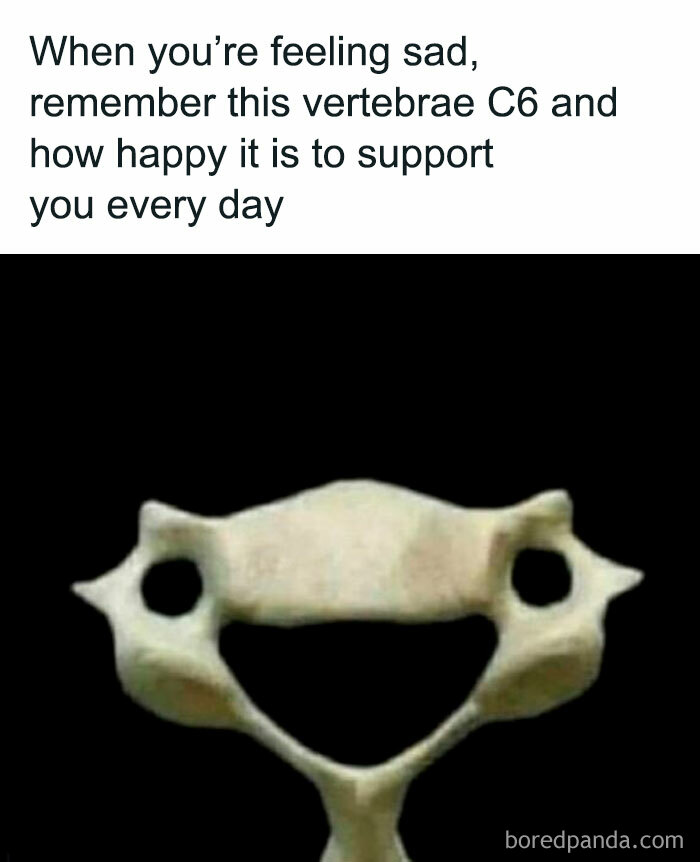
Image credits: sciencefunn
‘Science is Fun,’ which founder Tomas describes as a place where science is cool and fun, continues to grow by leaps and bounds. Currently, the account has a jaw-dropping 2.1 million followers over on Instagram.
That’s a 200k increase in followers over the last half-year from when we last covered the project. Humanity’s appetite for quality, funny, and relatable content is likely never going to go away, so it’s likely that the account will continue drawing in more and more science lovers from all corners of the globe.
#10
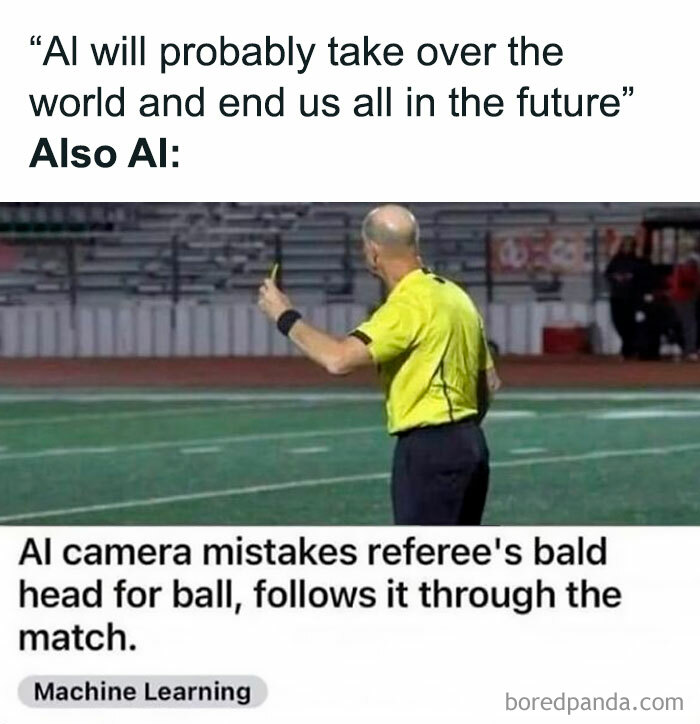
Image credits: sciencefunn
#11
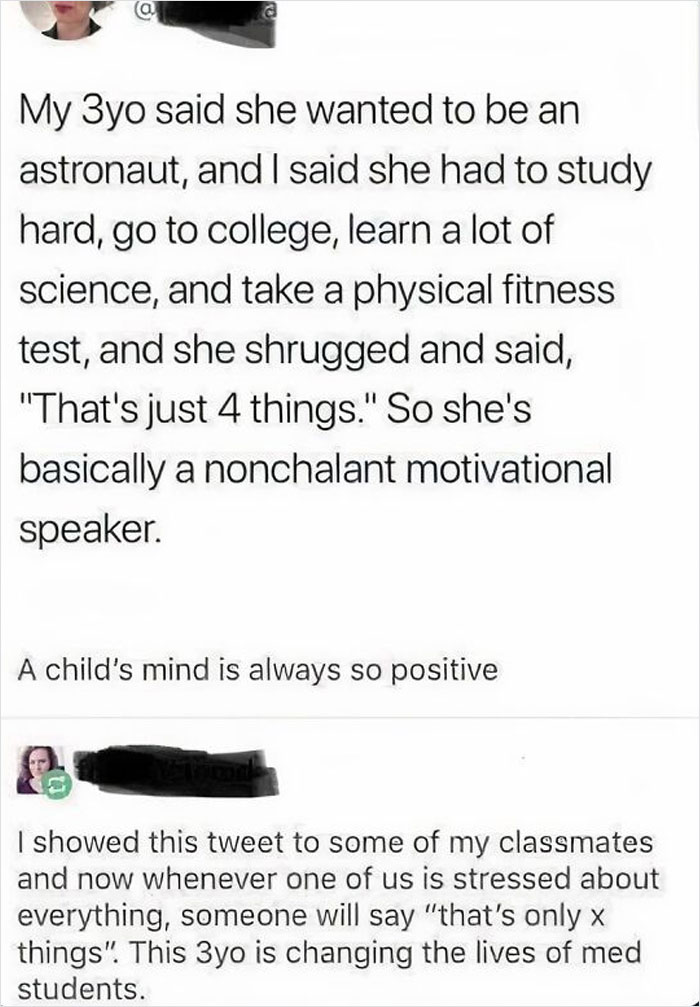
Image credits: sciencefunn
#12
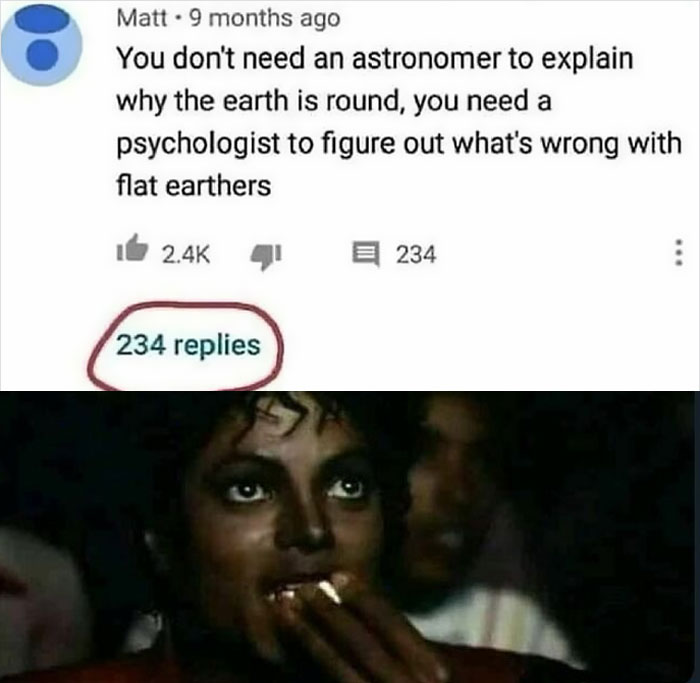
Image credits: sciencefunn
During an earlier interview, Bored Panda got to grips with the inspiration behind ‘Science is Fun.’ The founder of the project, Tomas, was kind enough to tell us all about it.
“The inspiration for the project was that I always loved two things: humor and science, but I rarely saw these two topics at once,” he previously opened up to us via email.
#13
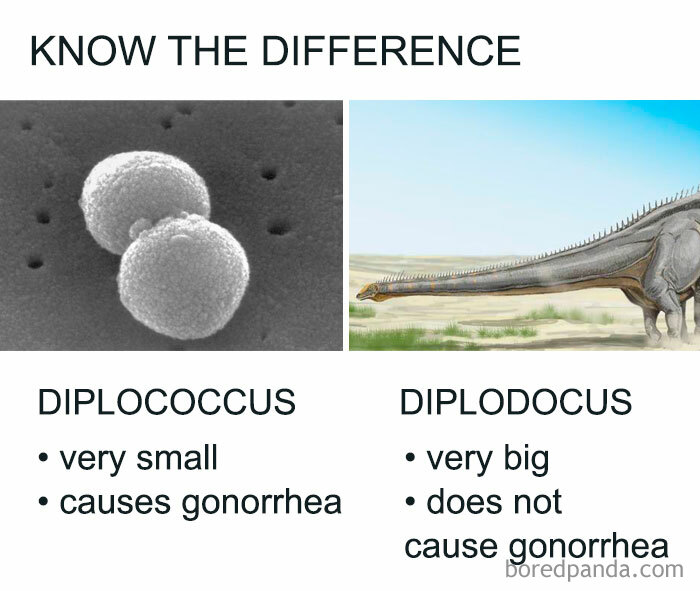
Image credits: sciencefunn
#14

Image credits: sciencefunn
#15
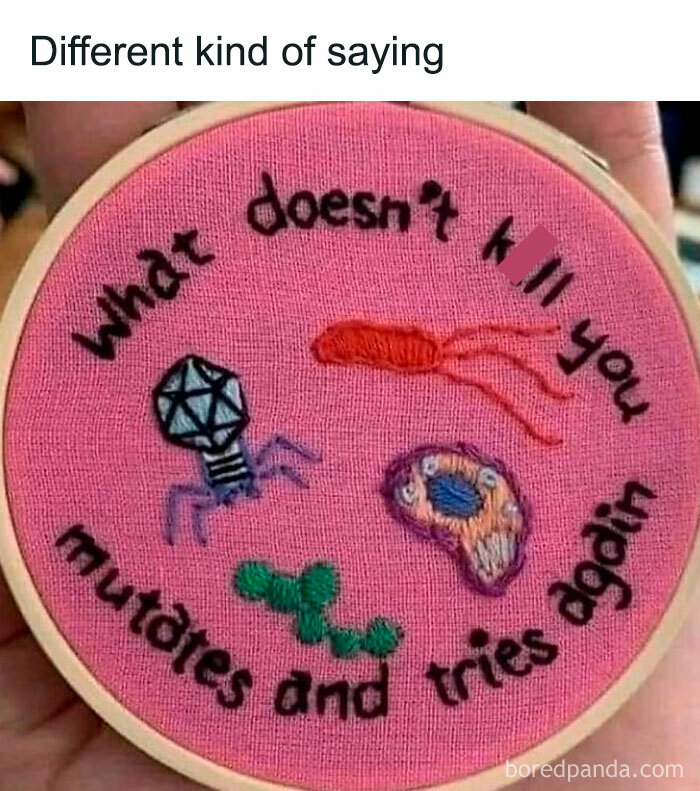
Image credits: sciencefunn
“Tuesday afternoon, August 21, 2018, was the moment the ‘Science Is Fun’ project was created to simply put humor and science together, hoping that having this content ‘under one roof’ would get its appreciation and, hopefully, more people would relate to it,” the creator told Bored Panda about the project’s origins.
#16

Image credits: sciencefunn
#17

Image credits: sciencefunn
#18
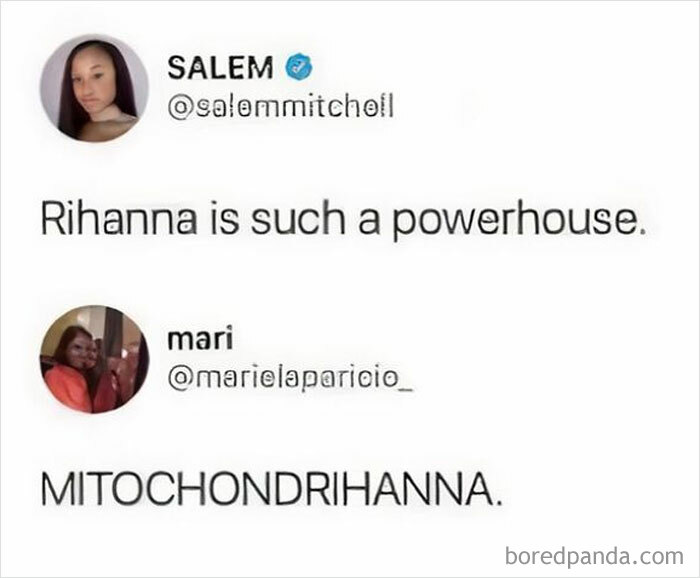
Image credits: sciencefunn
Of course, like any long-term project, there have been changes. For one, there was a need to adapt to how the algorithm governing Instagram changed. Meanwhile, there was some experimentation with different content, blending memes, facts, and news about science in different amounts.
However, after all of these years, Tomas’ core goal remains unchanged: “To popularize science in a way people might find it interesting.”
#19
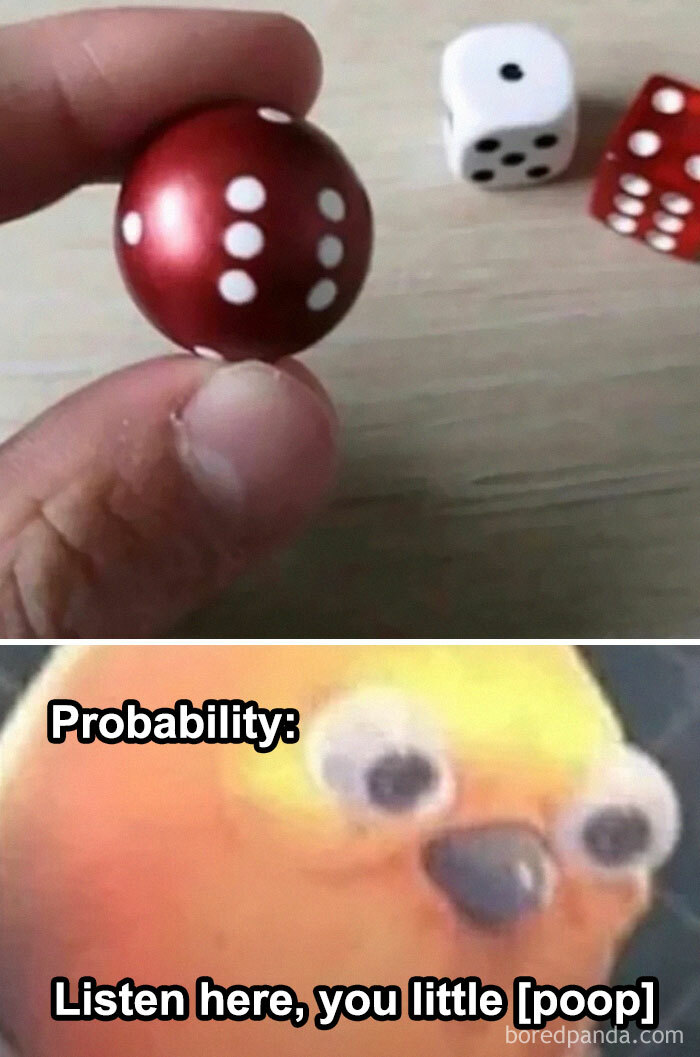
Image credits: sciencefunn
#20

Image credits: sciencefunn
#21
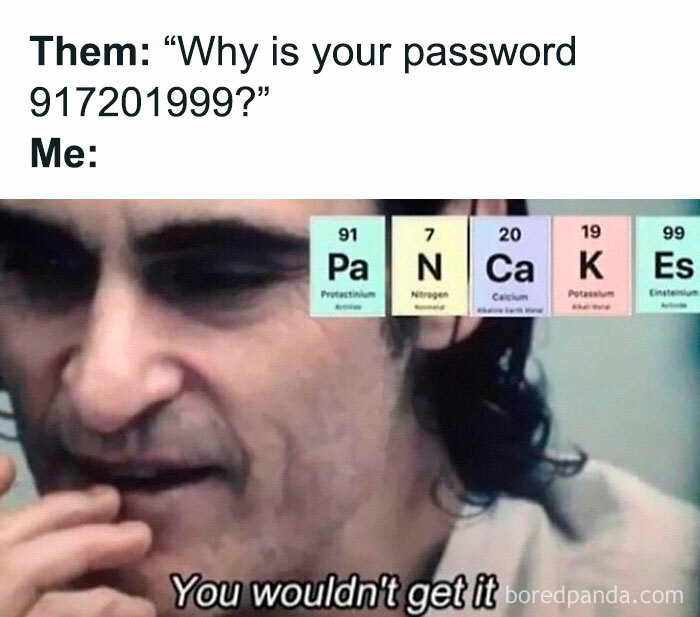
Image credits: sciencefunn
Tomas explained to us earlier what makes memes truly high quality. There are several main factors to consider here.
"Since the point of a meme is that it’s basically a visualized joke, the picture (graphics in general) might be, at some point, crucial. What might decide whether it will get its appreciation is the geography of the audience, gender, age, interest, and level of education in the area of the particular meme," he said.
#22
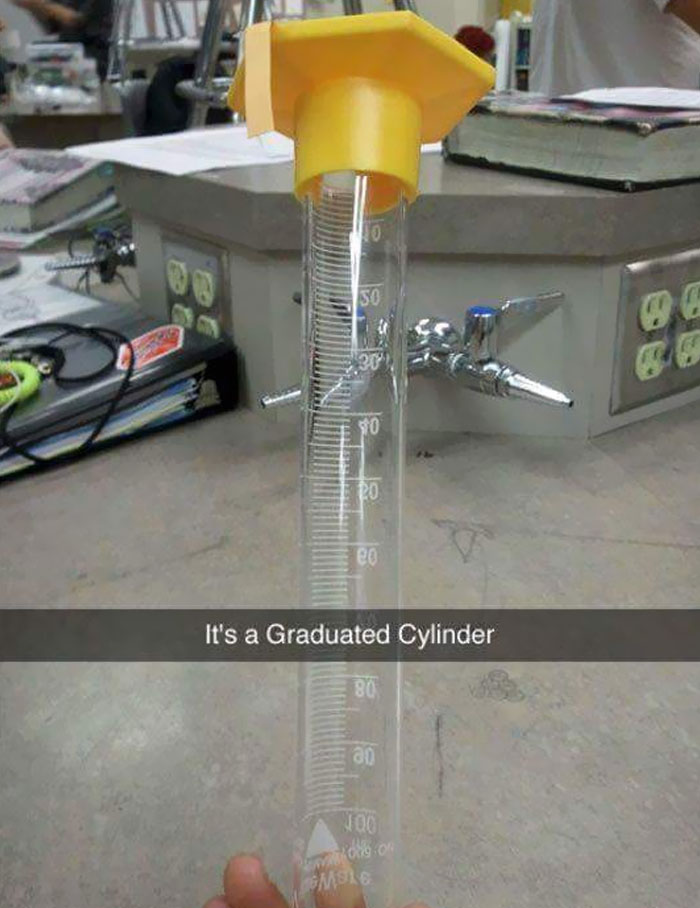
Image credits: sciencefunn
#23
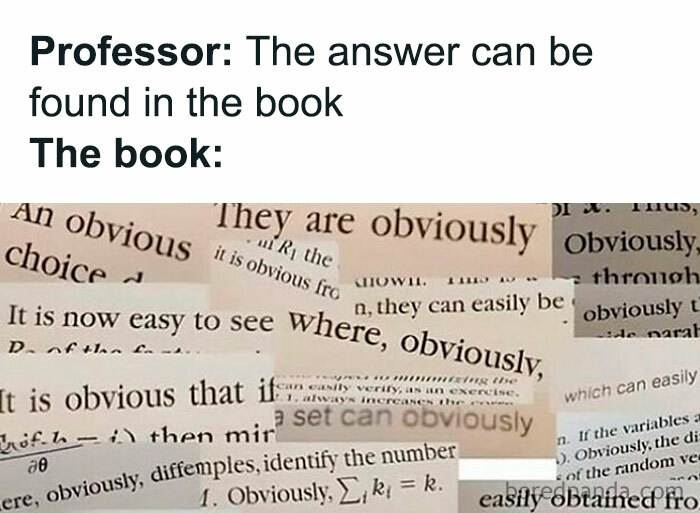
Image credits: sciencefunn
#24

Image credits: sciencefunn
"When the meme requires some (but a low) level of education, there is a chance it will make more sense for the majority of the audience,” the creator of ‘Science is Fun’ explained. He added that it’s not just laughter that the audience gets. People can also feel like they’re being educated or like they relate to the situation in the meme on an emotional—sometimes even nostalgic—level.
#25
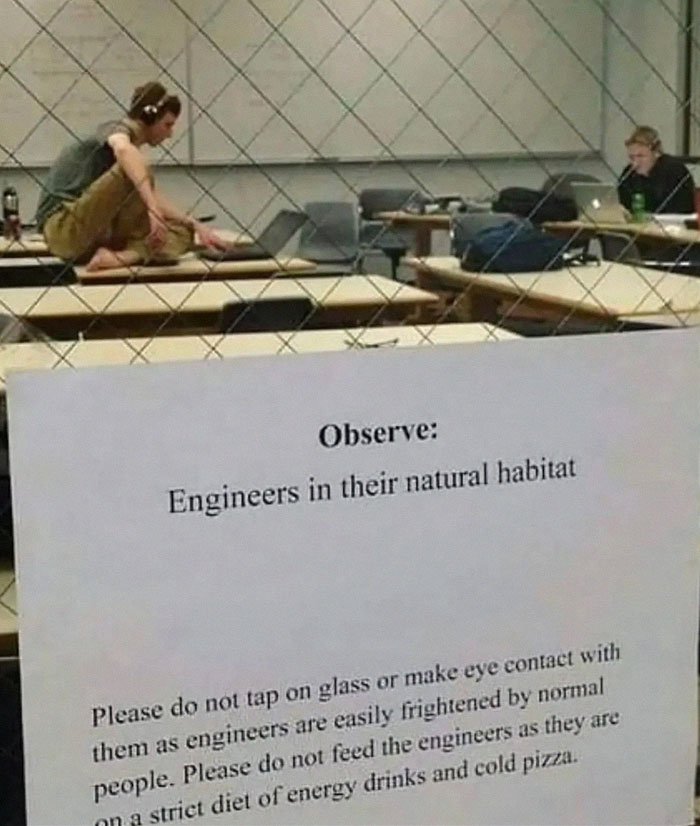
Image credits: sciencefunn
#26

Image credits: sciencefunn
#27
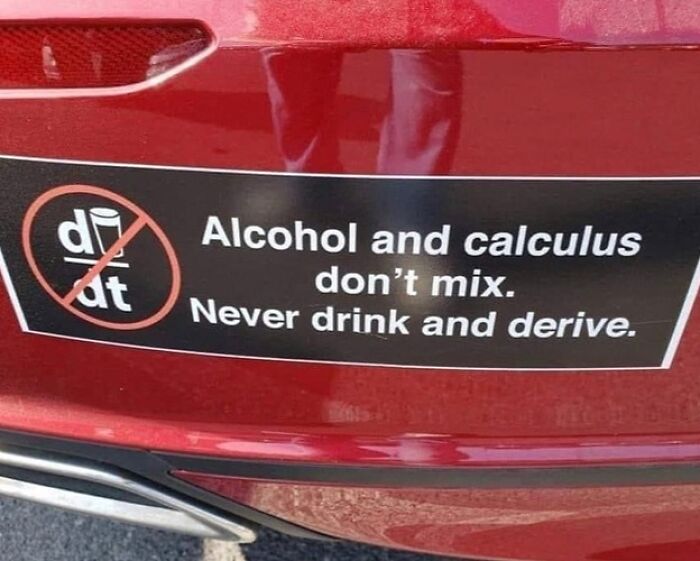
Image credits: sciencefunn
"These emotions can be more powerful than laughter itself. And combining more emotions with having a low education requirement for the post can cause the post to go viral,” Tomas said. For him, popularizing science through memes and education is linked to showing everyone how different science is from what they experienced in school. It’s not ‘boring.’ Far from it!
The founder said that popularizing science in society involves showing people that it’s fascinating and logical. “I believe in showing people that learning about science is basically learning about our world, laws of nature, laws of our very own existence and our essence,” he said.
#28
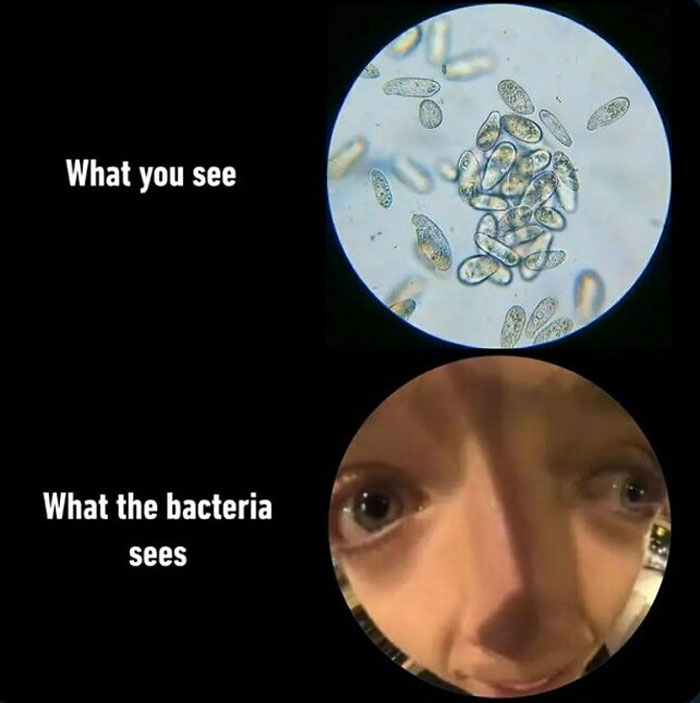
Image credits: sciencefunn
#29
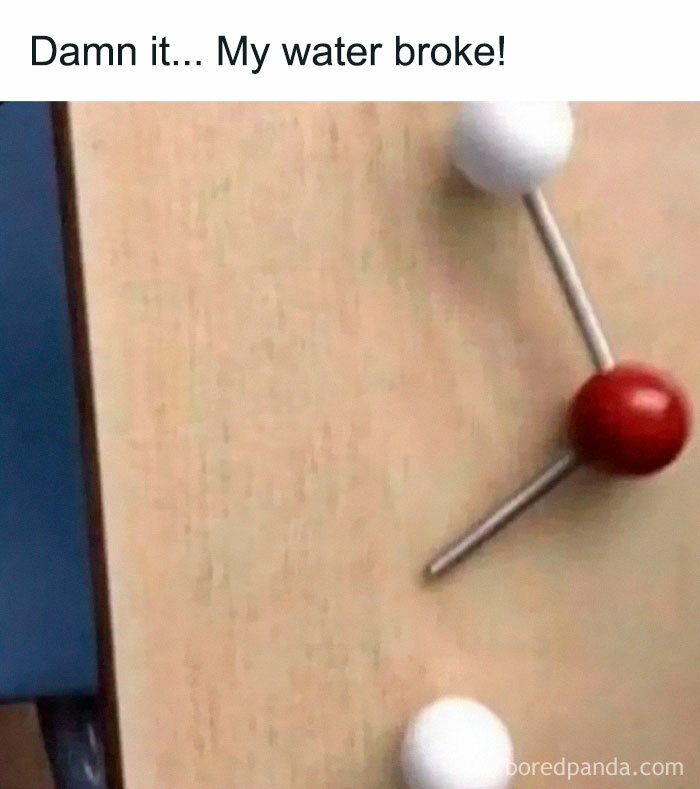
Image credits: sciencefunn
#30
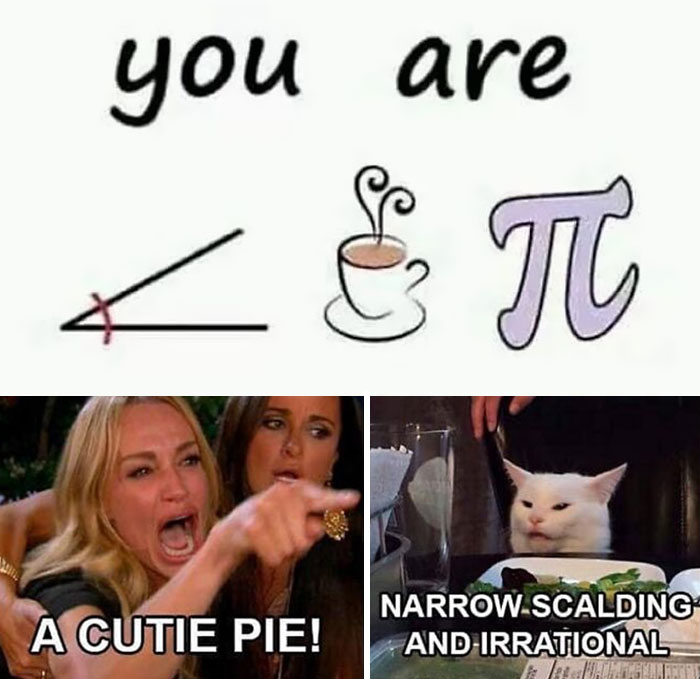
Image credits: sciencefunn
Which of these memes did you like the most and why, dear Readers? What’s your relationship with science like? Do you stay up to date with the latest science news or do you still have any weird preconceptions about the topic from your school days?
Share your thoughts in the comments below. Meanwhile, if you currently work or have worked in a scientific field, we’d love to hear about how you got into it and what keeps you passionate!
#31

Image credits: sciencefunn
#32
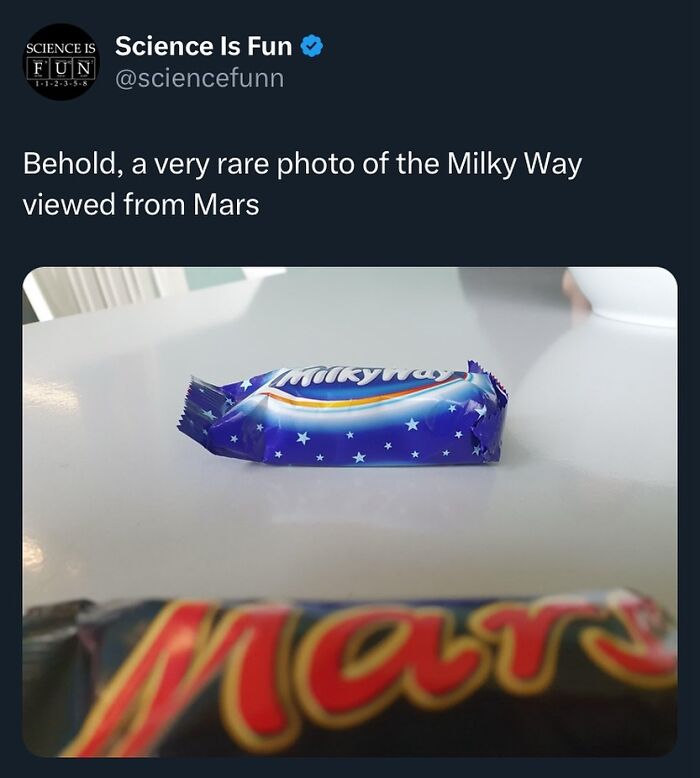
Image credits: sciencefunn
#33
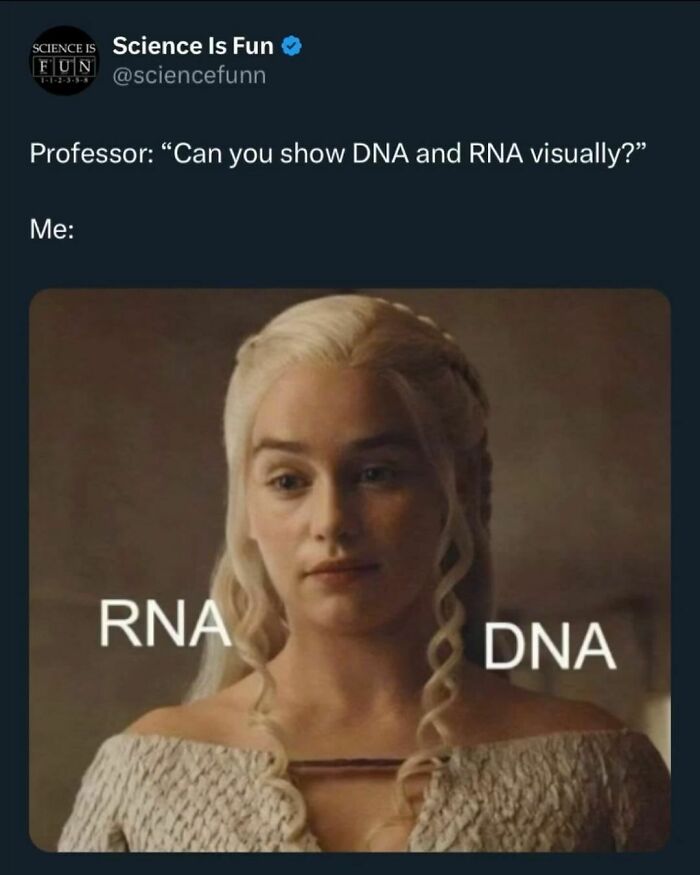
Image credits: sciencefunn
#34
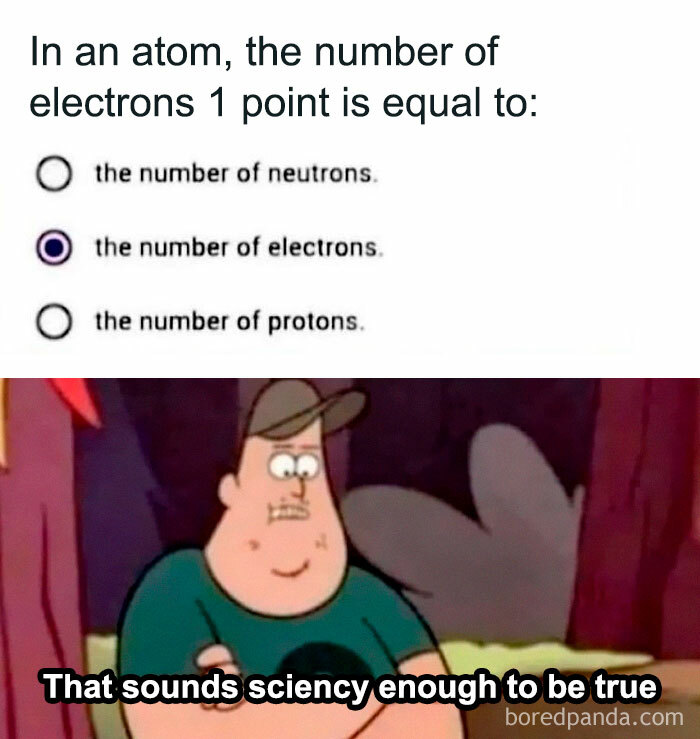
Image credits: sciencefunn
#35
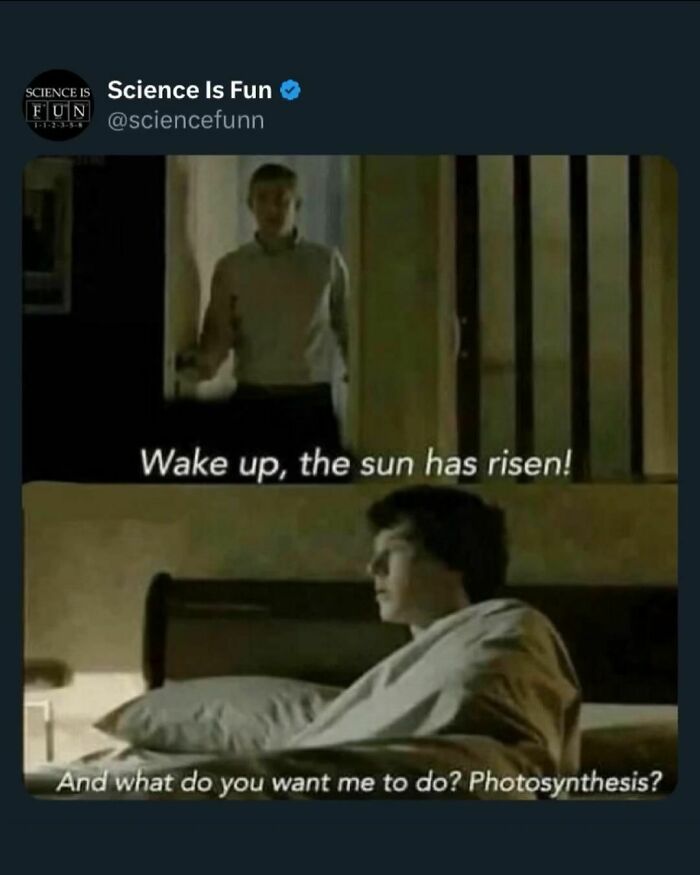
Image credits: sciencefunn
#36

Image credits: sciencefunn
#37

Image credits: sciencefunn
#38
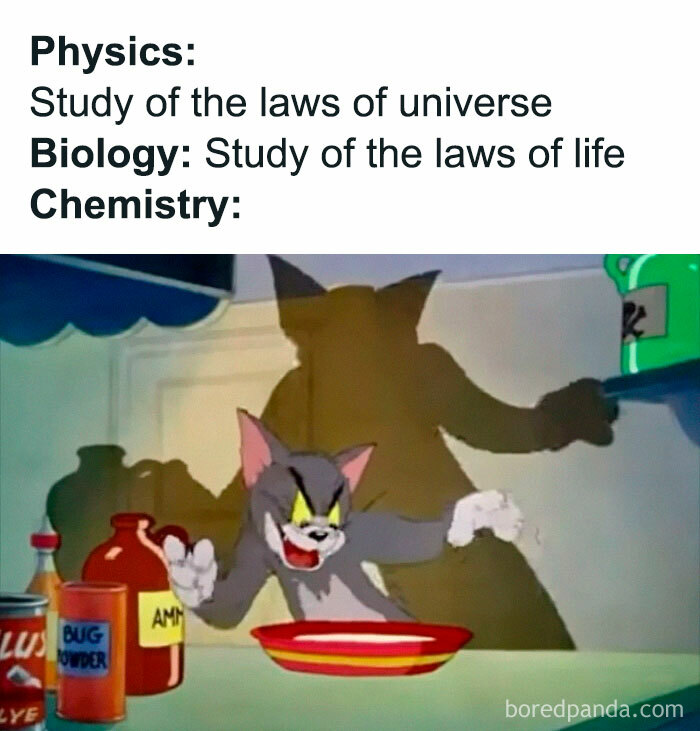
Image credits: sciencefunn
#39
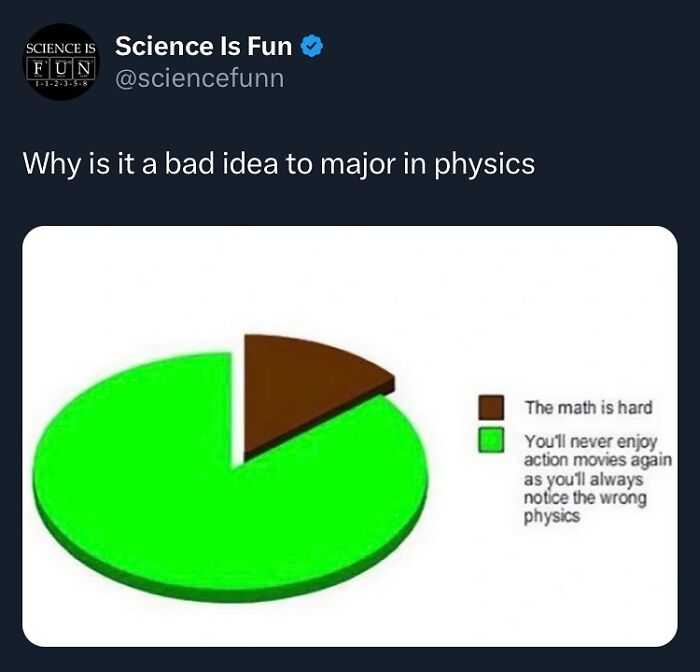
Image credits: sciencefunn
#40

Image credits: sciencefunn
#41
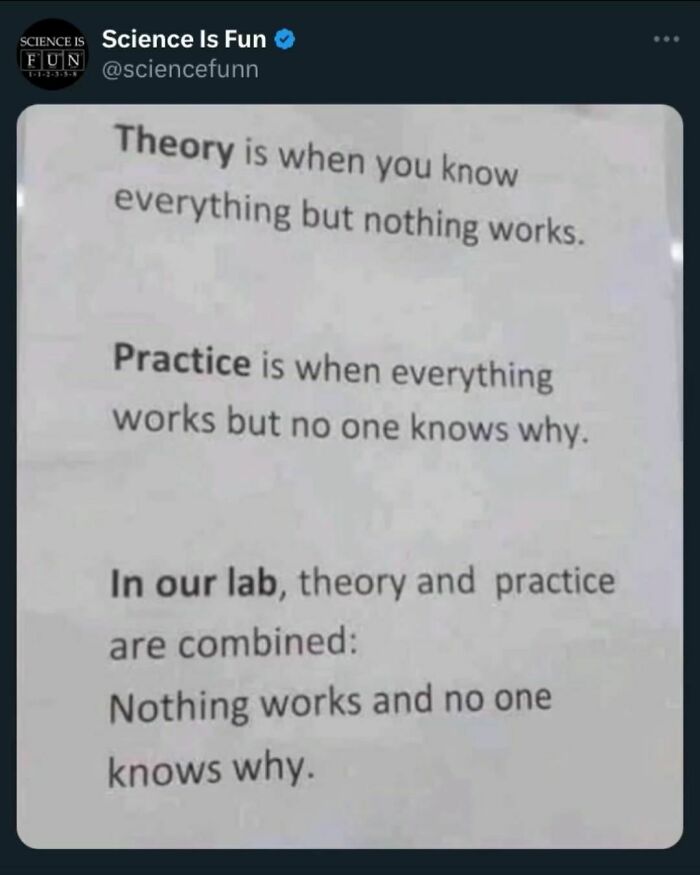
Image credits: sciencefunn
#42
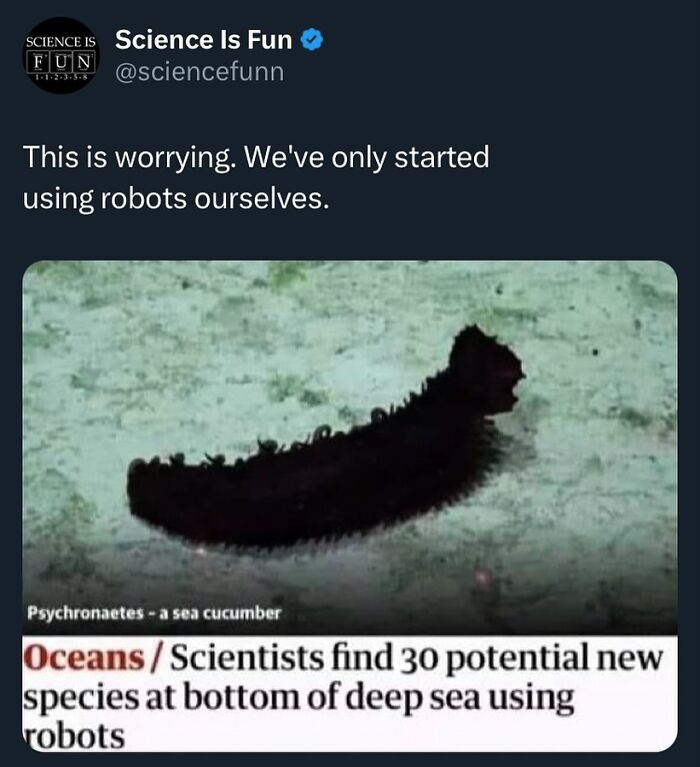
Image credits: sciencefunn
#43
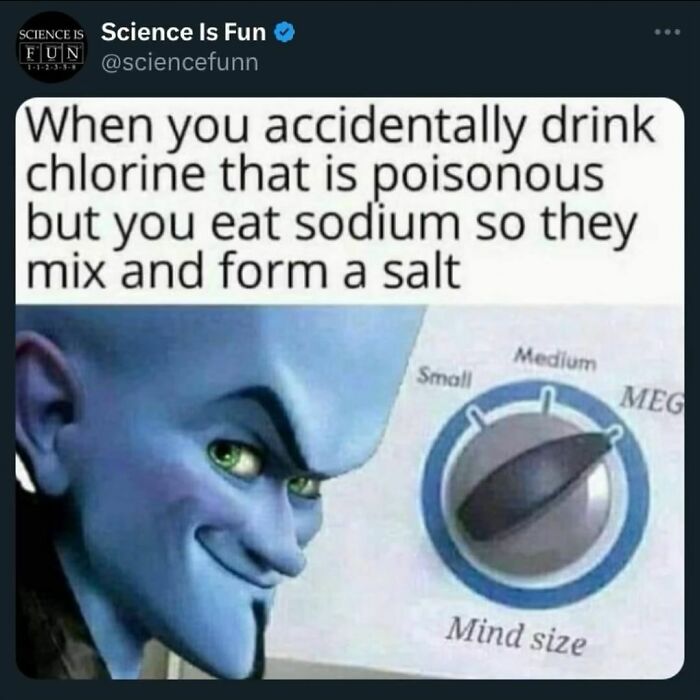
Image credits: sciencefunn
#44

Image credits: sciencefunn
#45
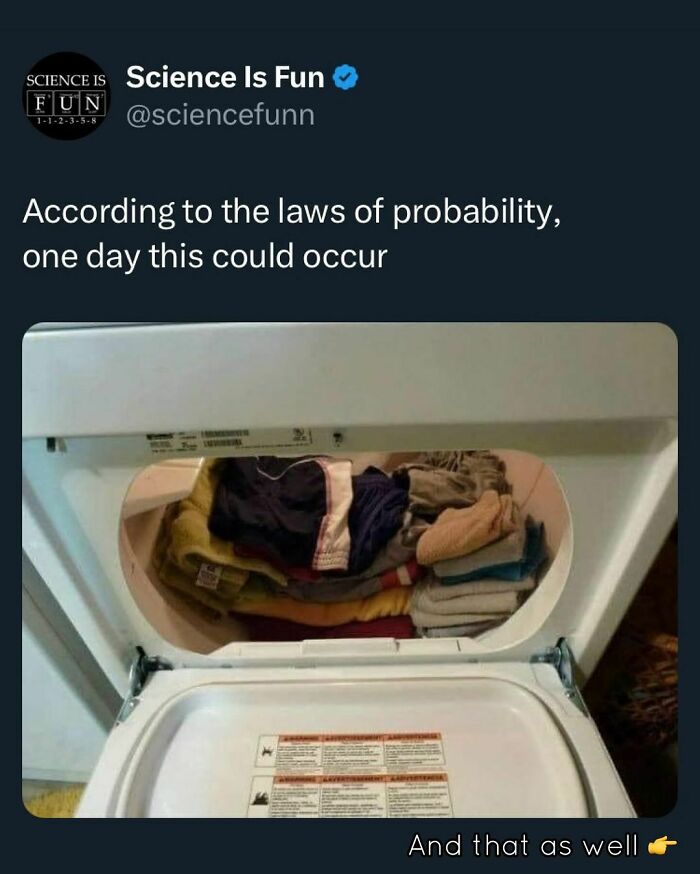
Image credits: sciencefunn
#46
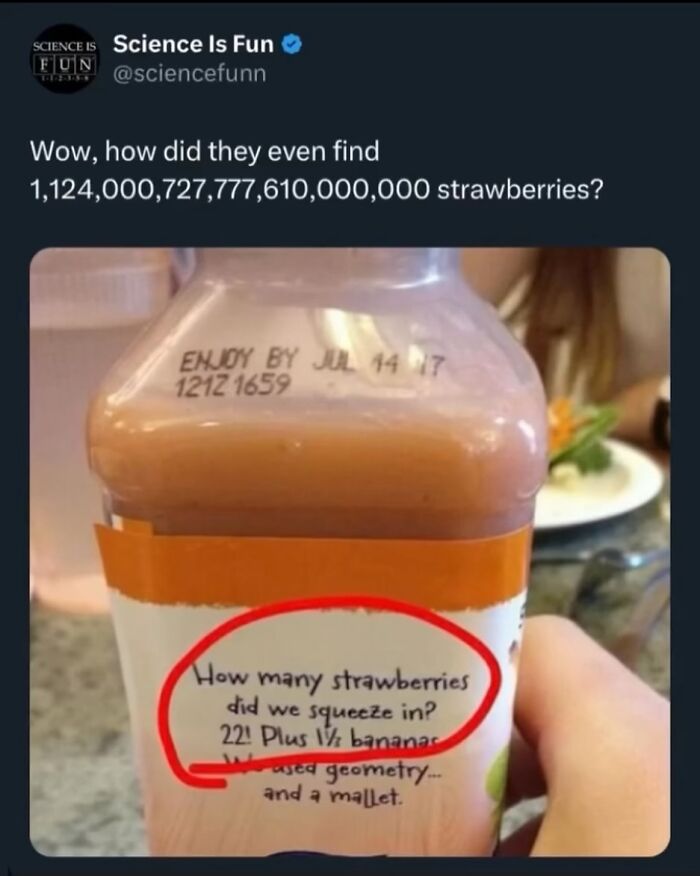
Image credits: sciencefunn
#47
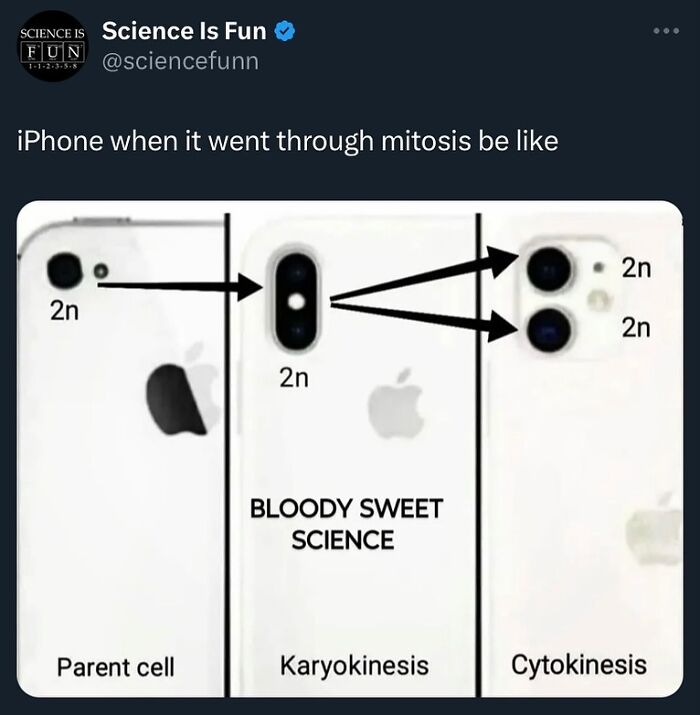
Image credits: sciencefunn
#48
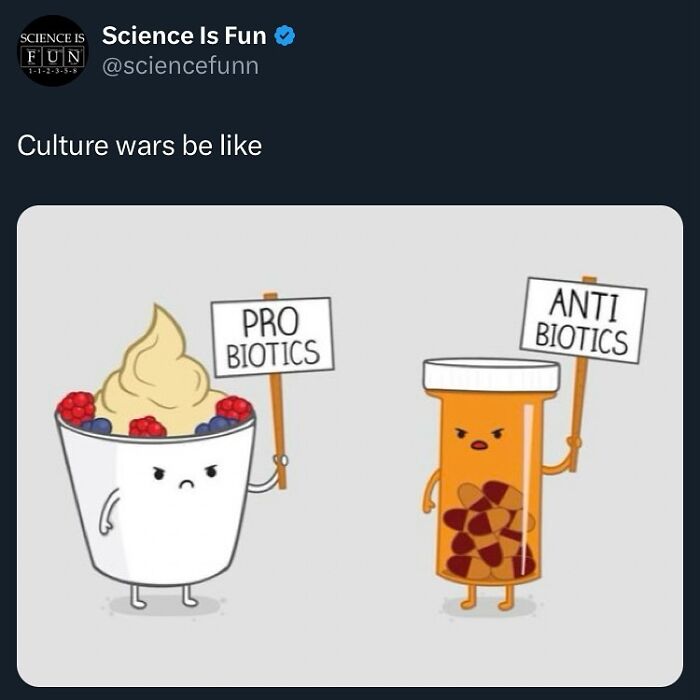
Image credits: sciencefunn
#49

Image credits: sciencefunn
#50
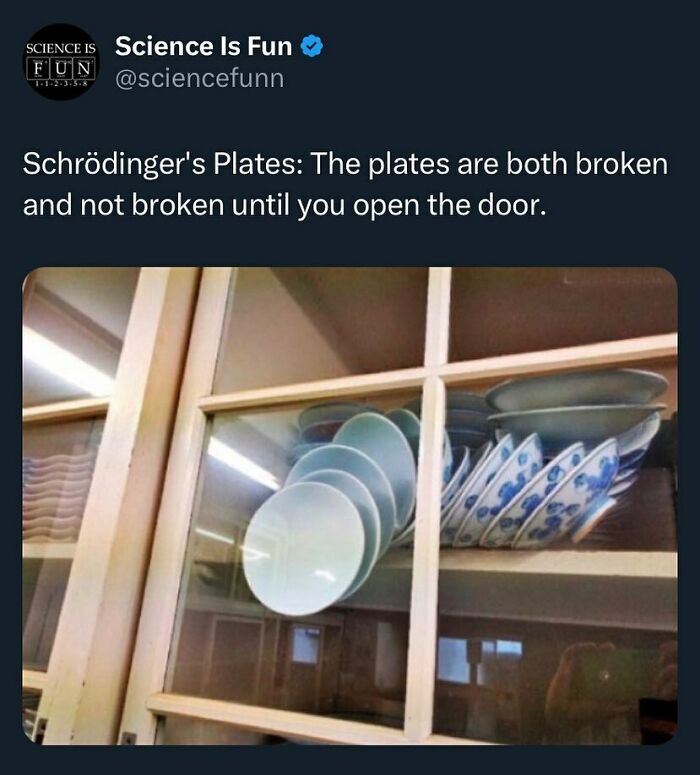
Image credits: sciencefunn
#51
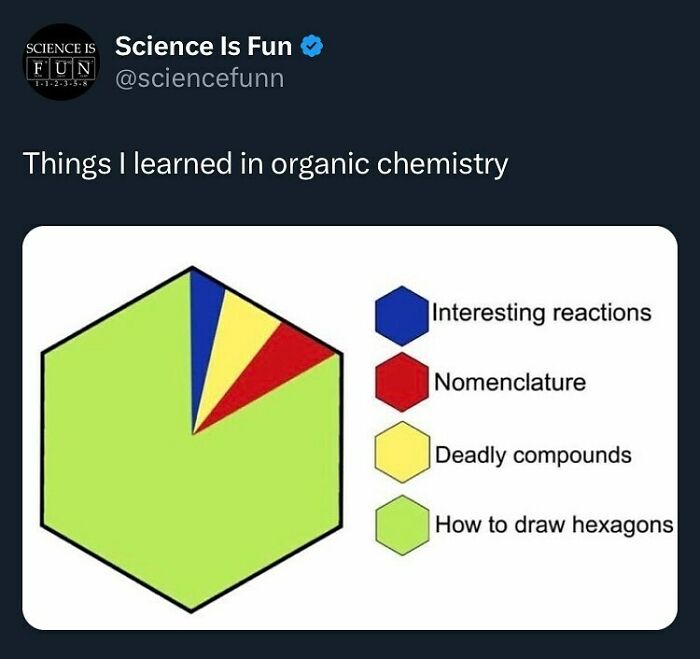
Image credits: sciencefunn
#52
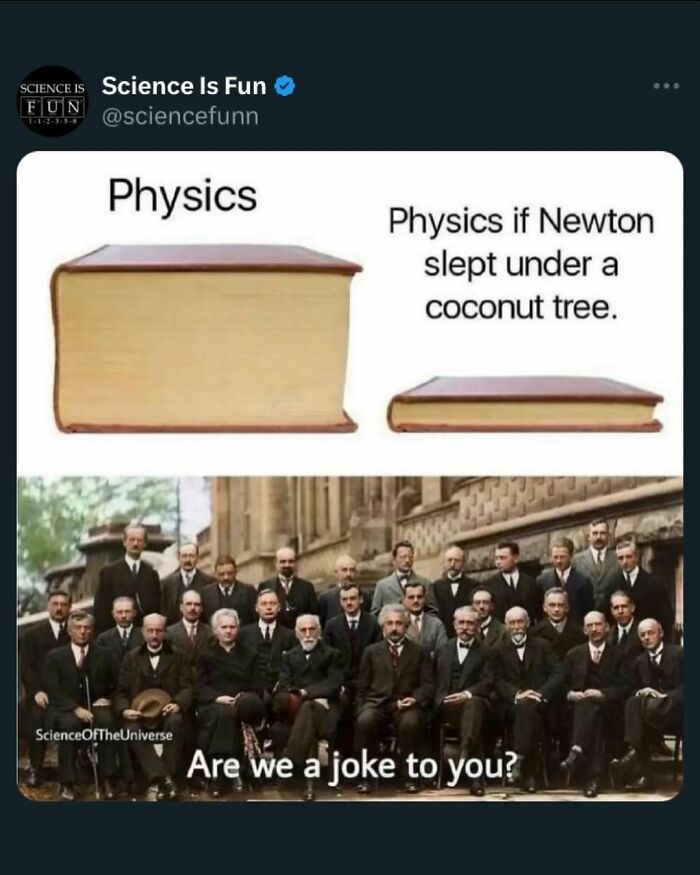
Image credits: sciencefunn
#53
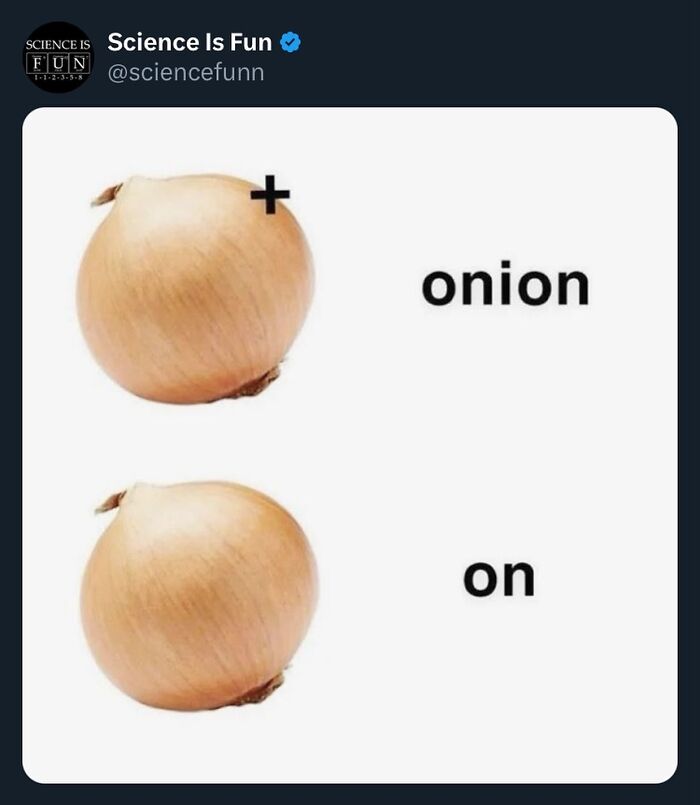
Image credits: sciencefunn
#54
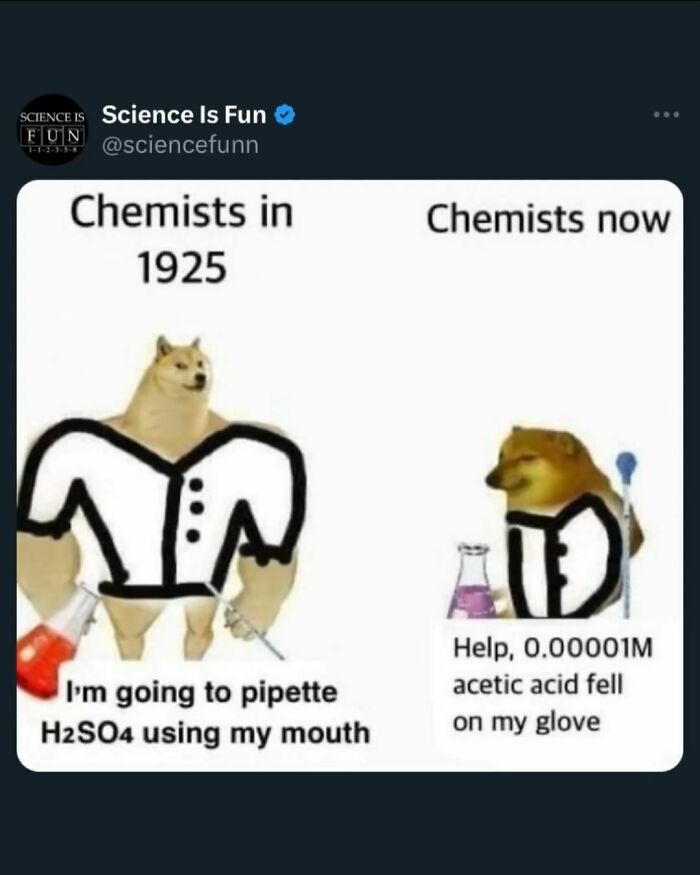
Image credits: sciencefunn
#55
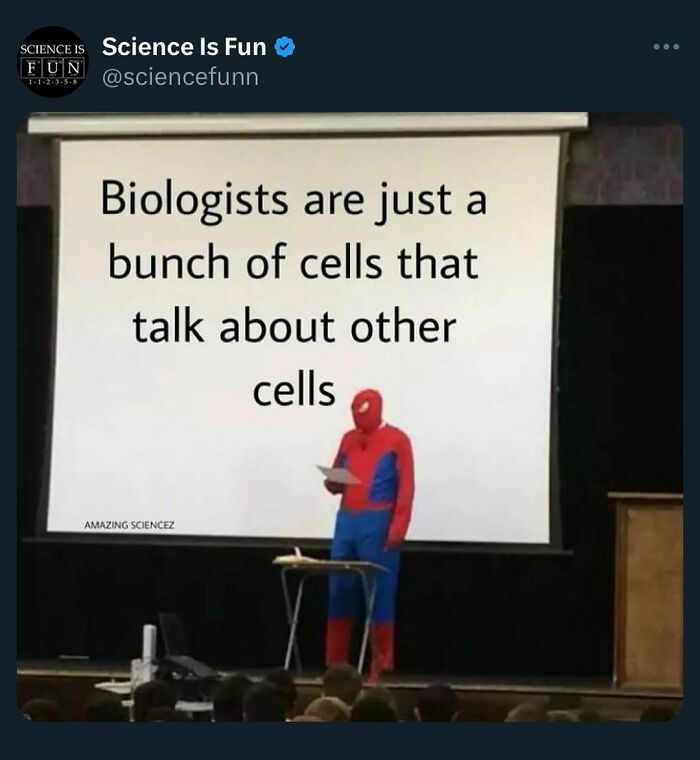
Image credits: sciencefunn
#56

Image credits: sciencefunn
#57

Image credits: sciencefunn
#58
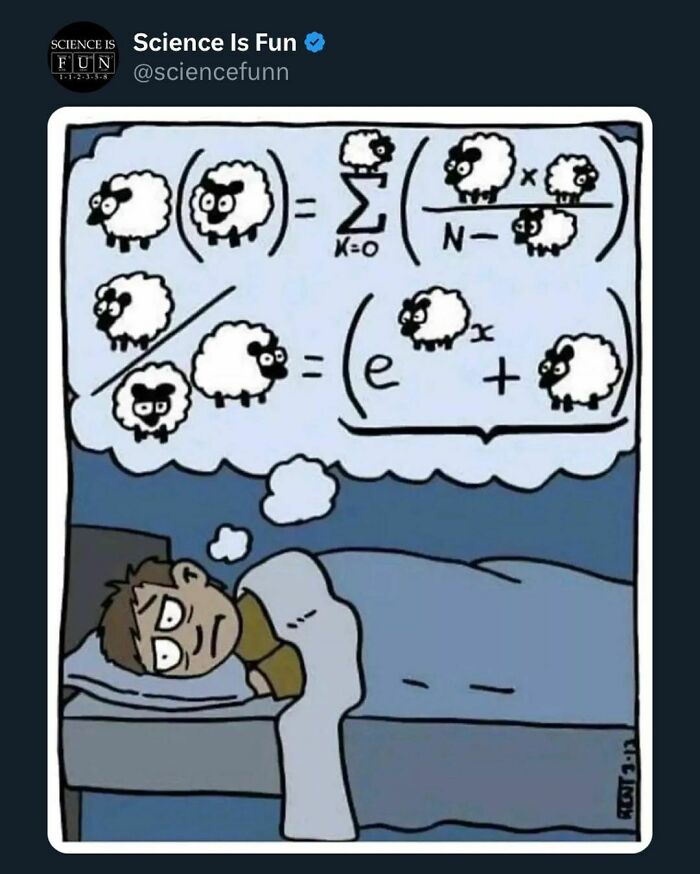
Image credits: sciencefunn
#59

Image credits: sciencefunn
#60
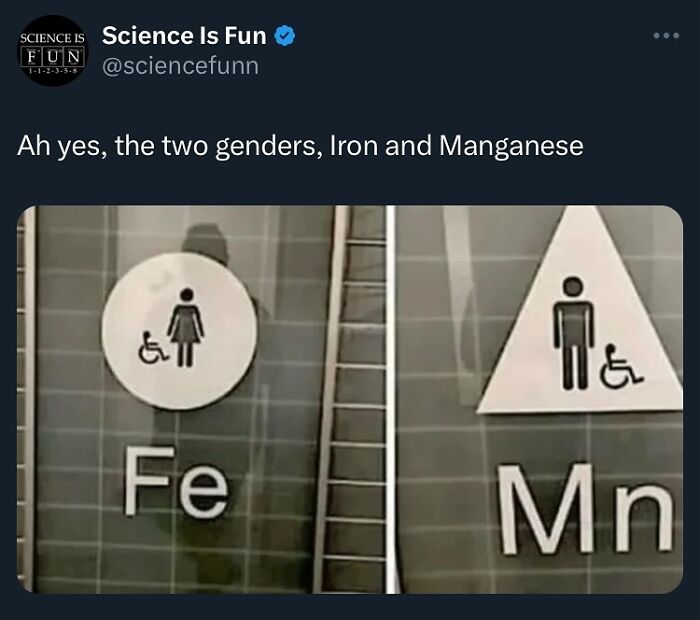
Image credits: sciencefunn
#61
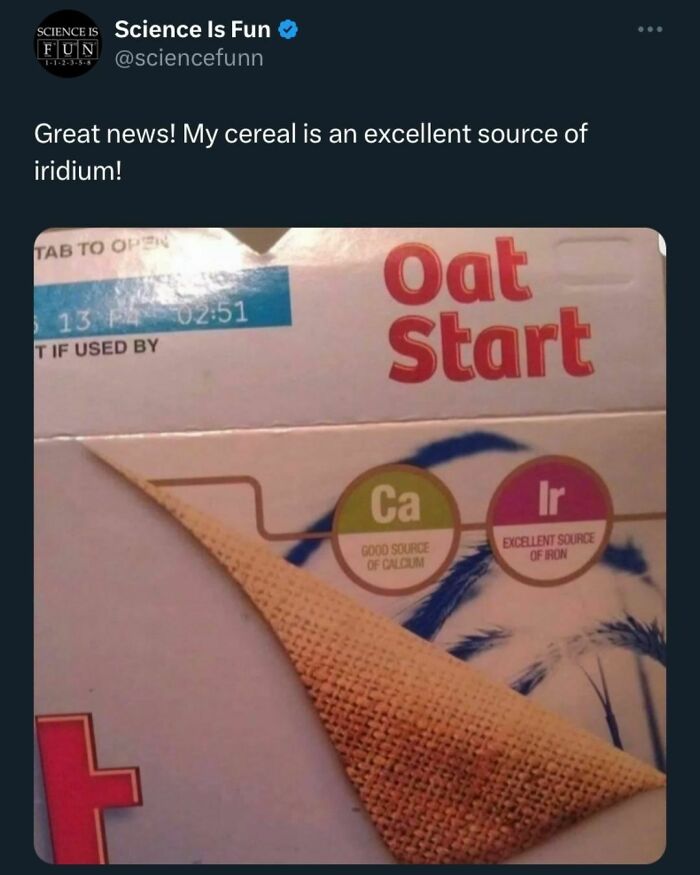
Image credits: sciencefunn
#62

Image credits: sciencefunn
#63
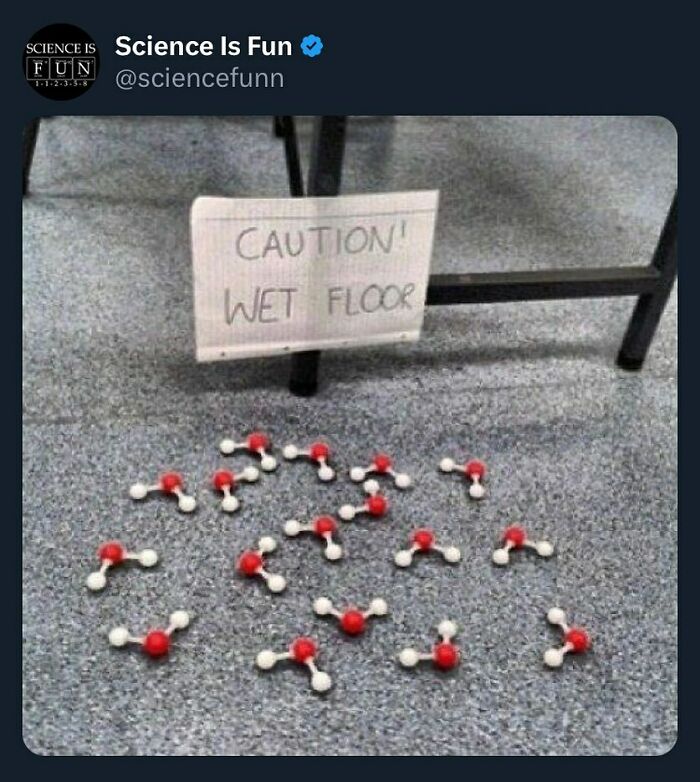
Image credits: sciencefunn
#64
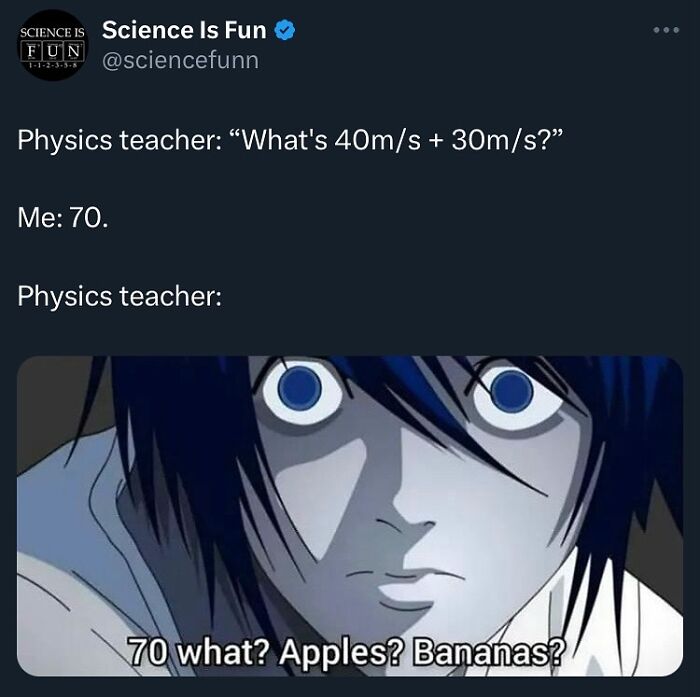
Image credits: sciencefunn
#65
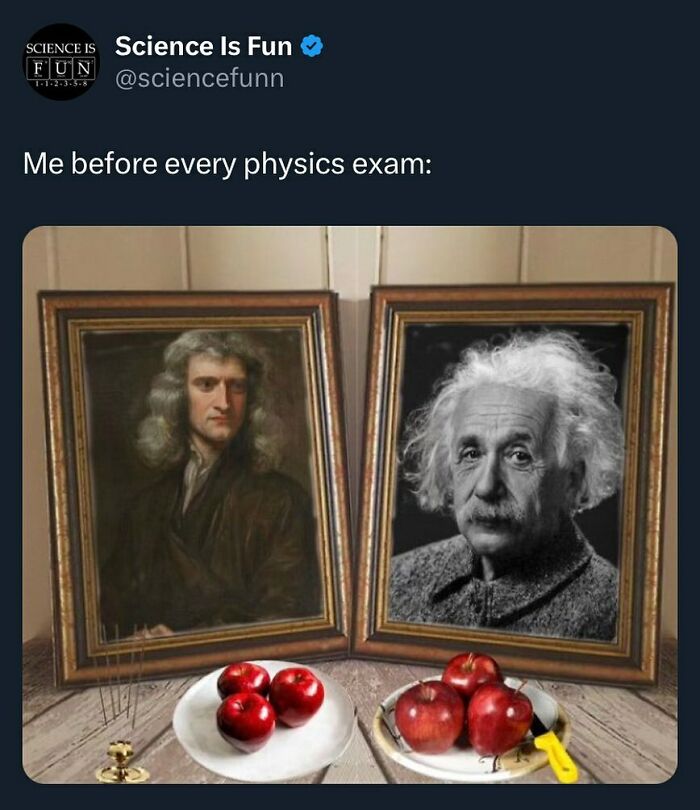
Image credits: sciencefunn
#66
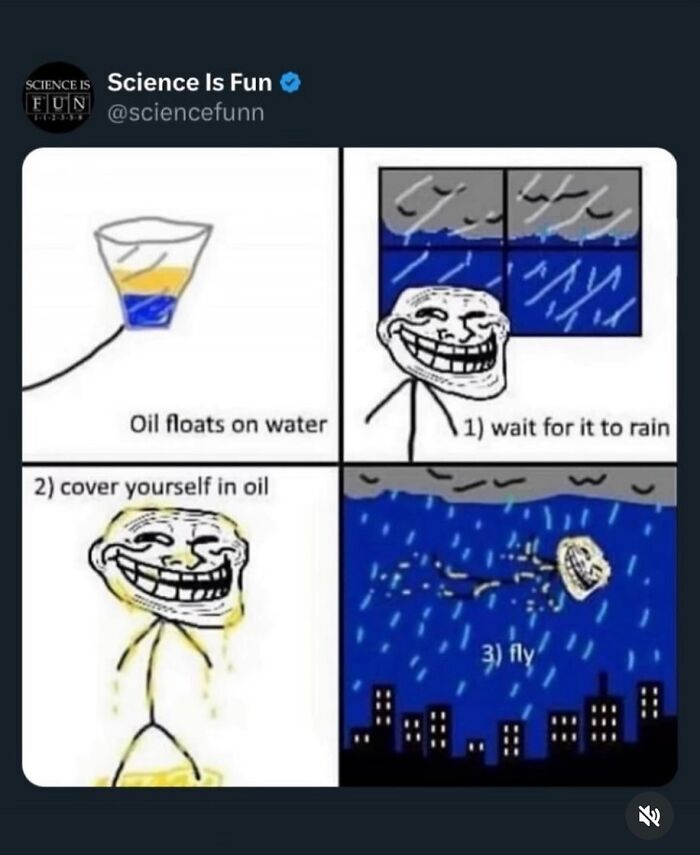
Image credits: sciencefunn
#67
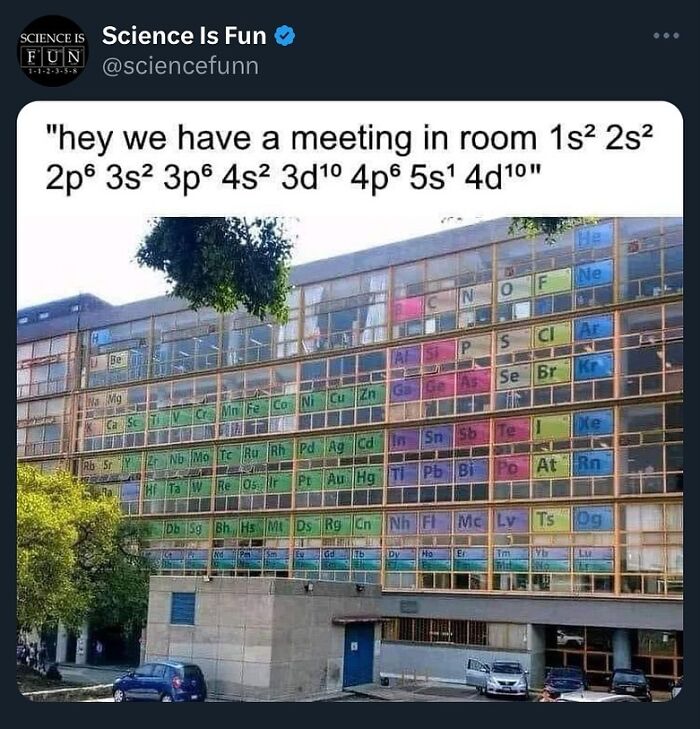
Image credits: sciencefunn
#68
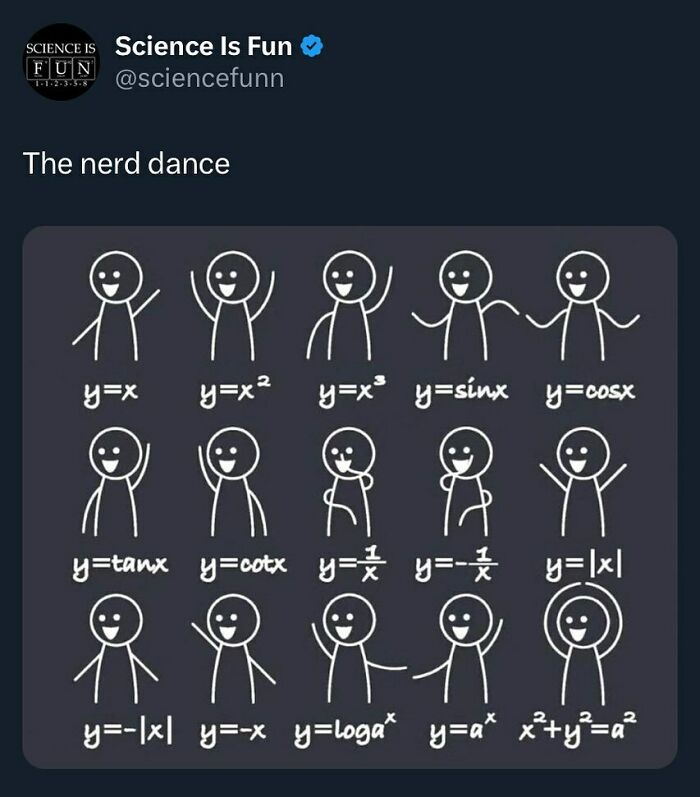
Image credits: sciencefunn
#69
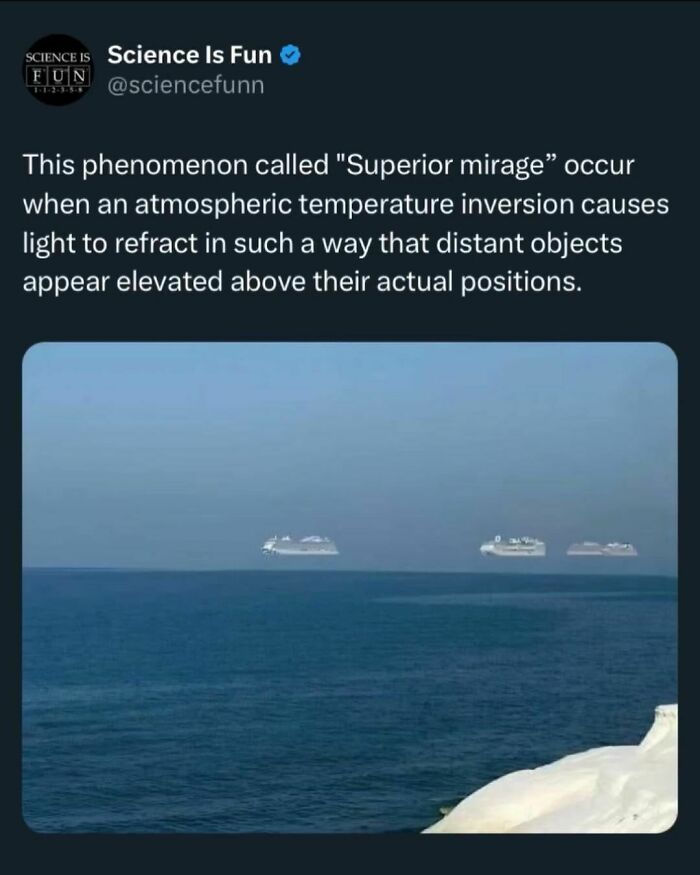
Image credits: sciencefunn
#70
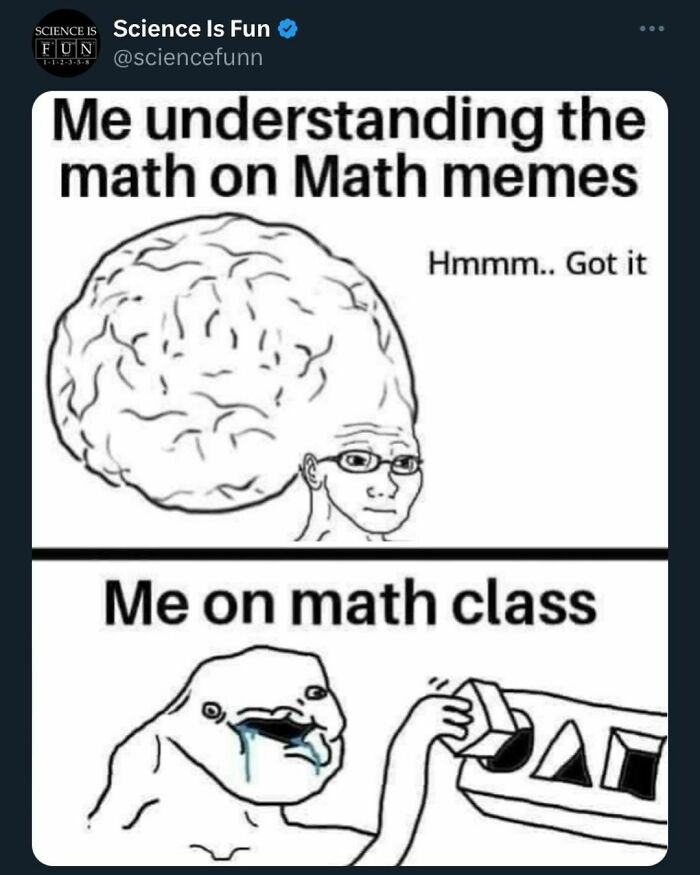
Image credits: sciencefunn
#71

Image credits: sciencefunn
#72
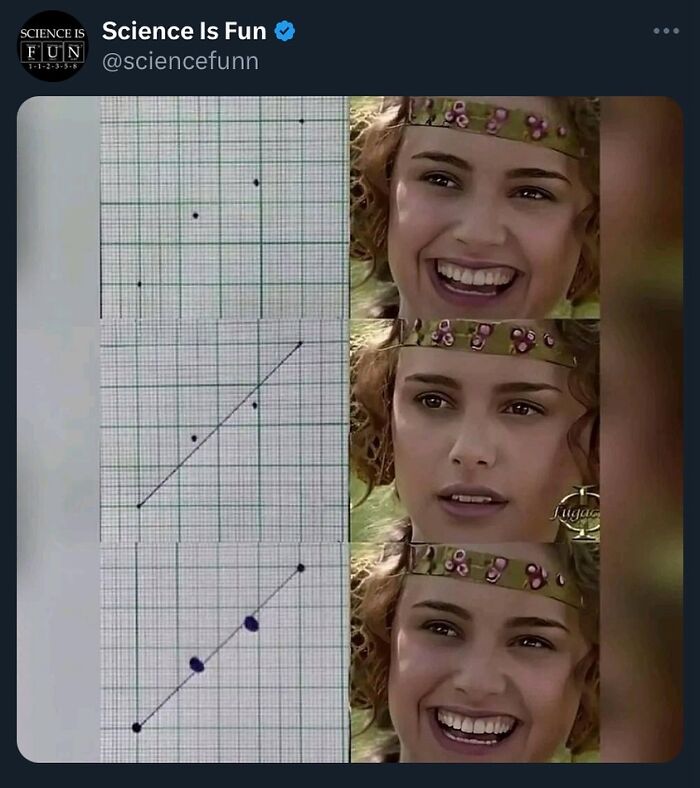
Image credits: sciencefunn
#73
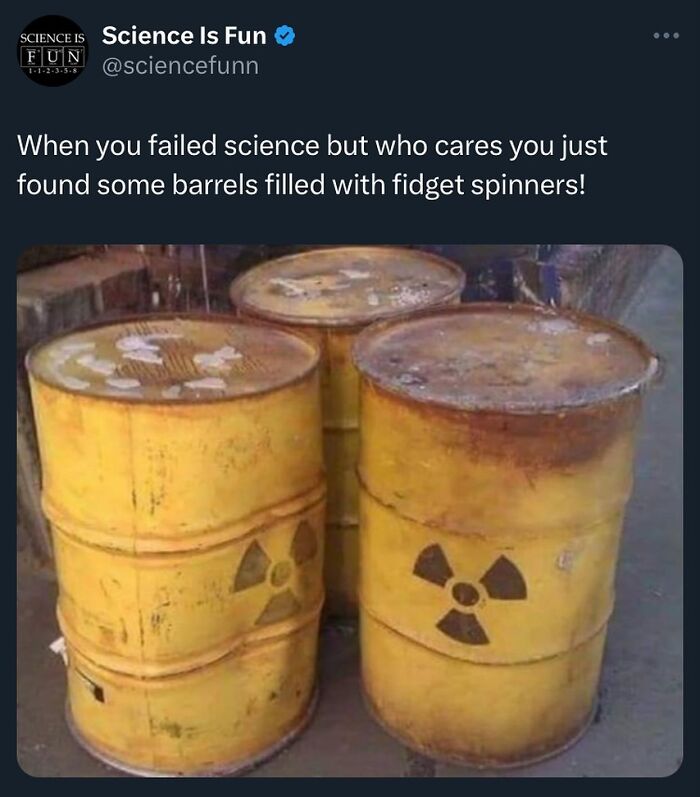
Image credits: sciencefunn












 English (US) ·
English (US) ·